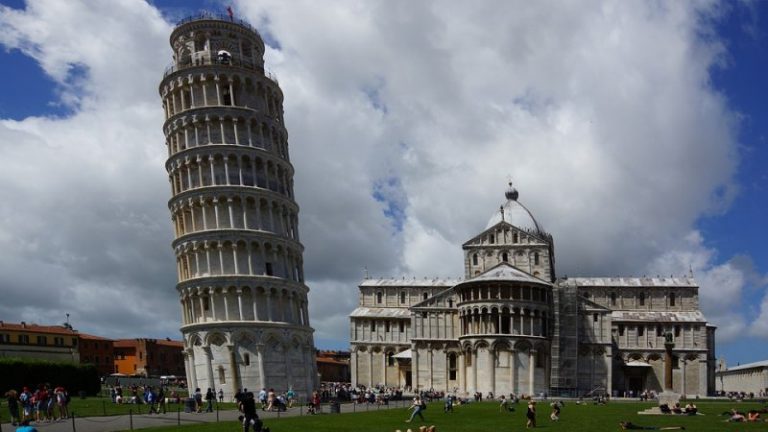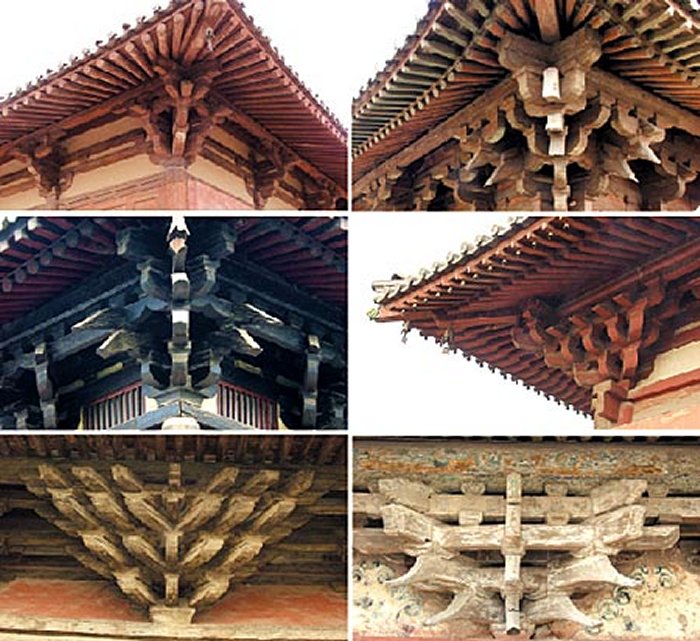Why Has the Leaning Tower of Pisa Survived Strong Earthquakes Throughout the Middle Ages?

The Leaning Tower of Pisa is world famous for its unintended tilt. Located in Italy, in the city of Pisa, the tower is one of the most remarkable architectural structures from medieval Europe.
The construction of Tower of Pisa began in August 1173, but it took about 200 years to finish the building because of a series of wars. The tower has eight stories, including the chamber for the bells. Who the mysterious architect was remains unknown.
Designed as a circular bell tower that would stand 185 feet high, the magnificent construction was never meant to tilt as it does.

Interestingly, despite leaning precariously at a five-degree angle, the Leaning Tower of Pisa has survived undamaged, at least four strong earthquakes that have hit the region since 1280.
A group of engineers and an earthquake expert have tried to solve this long-standing mystery and it seems they can provide us with an answer!
After studying available seismological, geotechnical and structural information, the research team concluded that the survival of the Tower can be attributed to a phenomenon known as dynamic soil-structure interaction (DSSI).
See also:
Flexible Glass – Lost Ancient Roman Invention Because Glassmaker Was Beheaded By Emperor Tiberius
Huge Ancient Hydraulic System Built By The Liangzhu Culture May Be World’s Oldest And Predate Mesopotamian Water Systems
Glass Technology Was Known In Sahara Centuries Before The Arrival Of Europeans
The considerable height and stiffness of the Tower combined with the softness of the foundation soil, causes the vibrational characteristics of the structure to be modified substantially, in such a way that the Tower does not resonate with earthquake ground motion. This has been the key to its survival. The unique combination of these characteristics gives the Tower of Pisa the world record in DSSI effects.
“Ironically, the very same soil that caused the leaning instability and brought the Tower to the verge of collapse, can be credited for helping it survive these seismic events,” Professor Mylonakis, Chair in Geotechnics and Soil-Structure Interaction, and Head of Earthquake and Geotechnical Engineering Research Group in the Department of Civil Engineering at the University of Bristol, said.

Ancient Secrets Of Dougong Brackets: How 2,500-Year-Old Buildings Could Survive Earthquakes – read more
It’s not uncommon to discovered ancient building capable of surviving strong earthquakes. For example, as mentioned earlier on Ancient Pages, about 2,500 years ago, ancient people designed and engineered a solution that prevented buildings from falling apart during earthquakes. The ancient builders created a series of brackets known as dougong.
While ancient Chinese used dougong brackets to keep their buildings from falling apart, ancient Romans discovered a way to construct piers that survived continuous battering of the ocean waves for more than 2,000 years.
Modern concrete seawalls embedded with steel crumble within decades, but ancient water-based structures became stronger over time. Scientists may have solved the mystery of ancient Roman concrete that still stands strong.